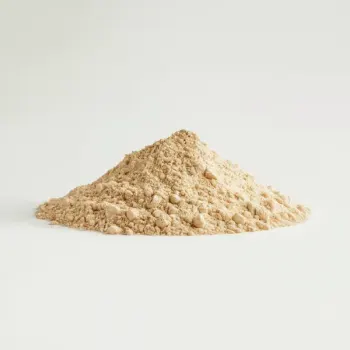


Organic
Spelt flour that is certified organic, ensuring it's produced without synthetic pesticides or fertilizers.
White Spelt
Also known as refined spelt flour, where the bran and germ have been removed, resulting in a lighter texture suitable for pastries and cakes.
Whole Grain
Spelt flour in its most traditional form, milled from the entire spelt grain, retaining all the fiber, nutrients, and flavor.
Sprouted Spelt
Made from spelt grains that have been allowed to sprout before milling, enhancing digestibility and nutritional content.




White Spelt Flour: Arrowhead Mills
Organic Spelt Flour: VitaSpelt
Sprouted Spelt Flour: One Degree Organic Foods
Whole Grain Spelt Flour: Bob's Red Mill

Baking: Spelt flour is commonly used in baking because of its slightly sweet and nutty flavor. It's excellent for making bread, pancakes, muffins, and cookies. When baking with spelt flour, be mindful of its gluten content and adjust kneading times accordingly.
Blending: For smoothies or other blended beverages, a tablespoon of spelt flour can add a nutritional boost and a subtle flavor complexity. Ensure it's well-blended to avoid any grittiness.
Thickening: Spelt flour can be used as a thickener for sauces, soups, and stews. It provides a heartier flavor and more nutrients than all-purpose flour. Start with a small amount and whisk it into your liquid to prevent clumping.



